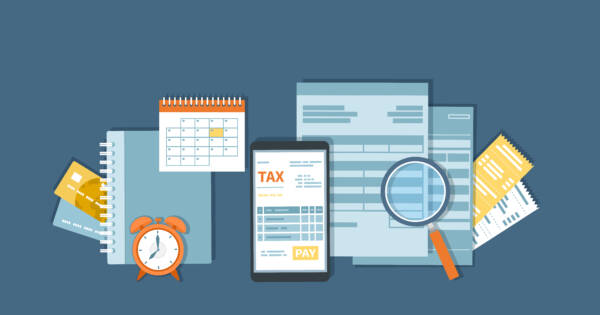On March 11, 2021, President Biden signed the American Rescue Plan Act into law. It’s a $1.9 trillion bill that extends many forms of federal assistance for businesses impacted by the Covid-19 pandemic. Two of the provisions found in the ARPT are the employee retention credit and the employer payroll tax deferral. These provisions are related, but function separately from each other. The employee retention credit provides businesses with up to $10,000 per full-time employee (per quarter) in a payroll tax credit that runs until January 1, 2022. The employer payroll tax deferral allows businesses to postpone paying some of the payroll taxes due in 2020. The bill allows businesses to pay half of the taxes at the end of 2021, and the other half at the end of 2022. In this article, we’ll take a closer look at the payroll tax deferment provision.
How Payroll Tax Deferment Works
Nearly all U.S. businesses or self-employed people are eligible for the employer payroll tax deferral as outlined in the American Rescue Plan Act. The provision allows eligible companies to defer payment of their share (50%) of Social Security taxes on wages earned from March 27, 2020 through December 31, 2021.
The deferral is applied to the employer portion of Social Security taxes, as well as payment of Medicare taxes. Essentially, the Government is giving business owners a longer period of time to make their payroll tax payments. They hope businesses will mostly be back on their feet by then, after recovering from the financial impacts of the pandemic. If need be, business owners can defer these payments for all employee wages between the stated dates.
Universal Eligibility
The nicest feature of the payroll tax deferment program is that it offers universal eligibility. That means it applies to all businesses, both large and small. It also applies to self-employed individuals. It doesn’t matter whether a business was financially impacted by the pandemic, either. They can apply for the deferral regardless. It requires no special qualifications or proof. Just remember that it’s not avoiding paying the tax entirely, it’s only delaying it.
That said, there are two rules that you should be aware of when it comes to the payroll tax deferment:
- 1. Employers are liable for timely payment of employment taxes even if an agent is designated to deposit taxes on behalf of a business or employer.
- 2. Half (50%) of deferred taxes must be paid by December 31, 2021, and the remainder by December 31, 2022. Failure to make those payments could result in significant financial penalties levied by the Internal Revenue Service (IRS).
How To File For A Deferral
If you are self-employed, you file your estimated taxes using IRS Form 1040-ES. The estimated 2020 payments that would have been due April 15th and June 15th of 2021, have been postponed to July 15th. That date coincides with the new federal income tax filing deadline. Anyone who wants to defer their Social Security taxes based on estimated income from March 27, 2020 through Dec. 31, 2020 could deduct that amount from their total taxes due. Then, they would adjust their quarterly payments accordingly.
Payroll Tax Deferral vs. Retention Tax Credit
The IRS imposes fewer restrictions on deferring payroll taxes than it does on fully refundable credits on those taxes. A key difference between the payroll tax deferral program and retention tax credit is the fact that the retention tax credit only applies in situations involving 100 or more full-time employees who are not currently working. No tax credits are provided if a business or employer has received a federal loan as part of government Covid-19 relief measures.
The Bottom Line
The payroll tax deferral program is a good option for businesses or self-employed individuals who need more time to pay their taxes. This is especially true as many businesses, small and large, emerge from the ravages of the pandemic. Best of all, the payroll tax deferral program applies to all businesses and self-employed individuals. No one has to qualify for the program, only apply.
The U.S. Government implemented the payroll tax deferral as a means of helping American businesses get back on their feet after Covid-19. Anyone who feels they will benefit from this program should take advantage while it’s still available.
 Shutterstock
Shutterstock







